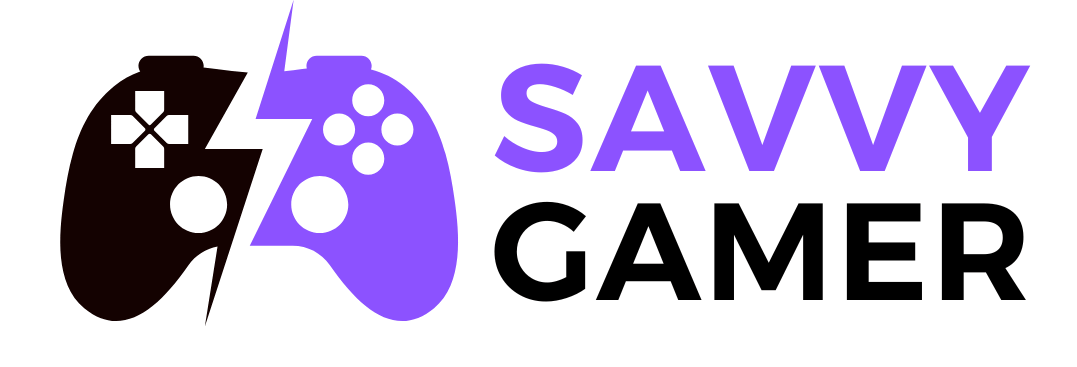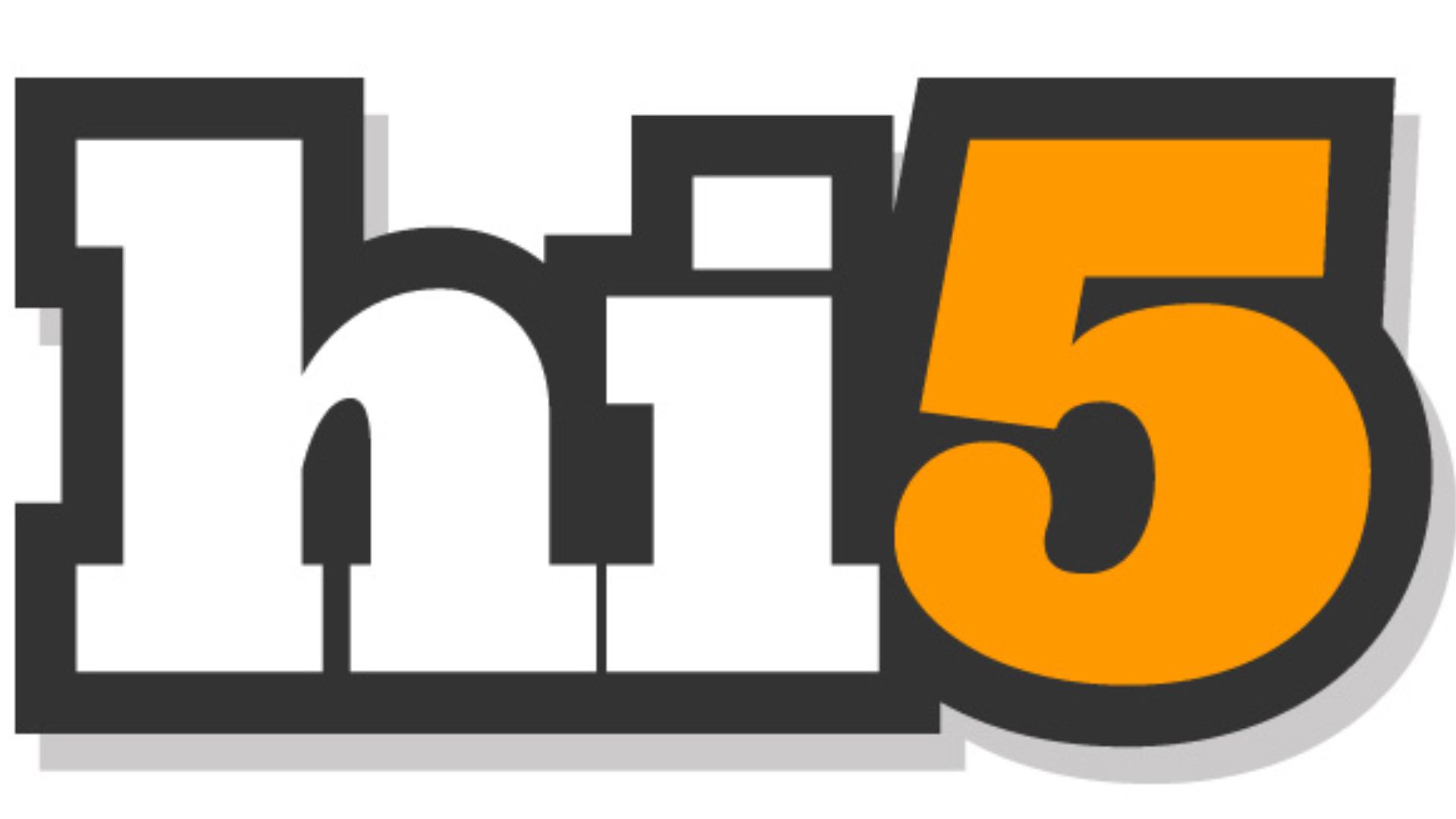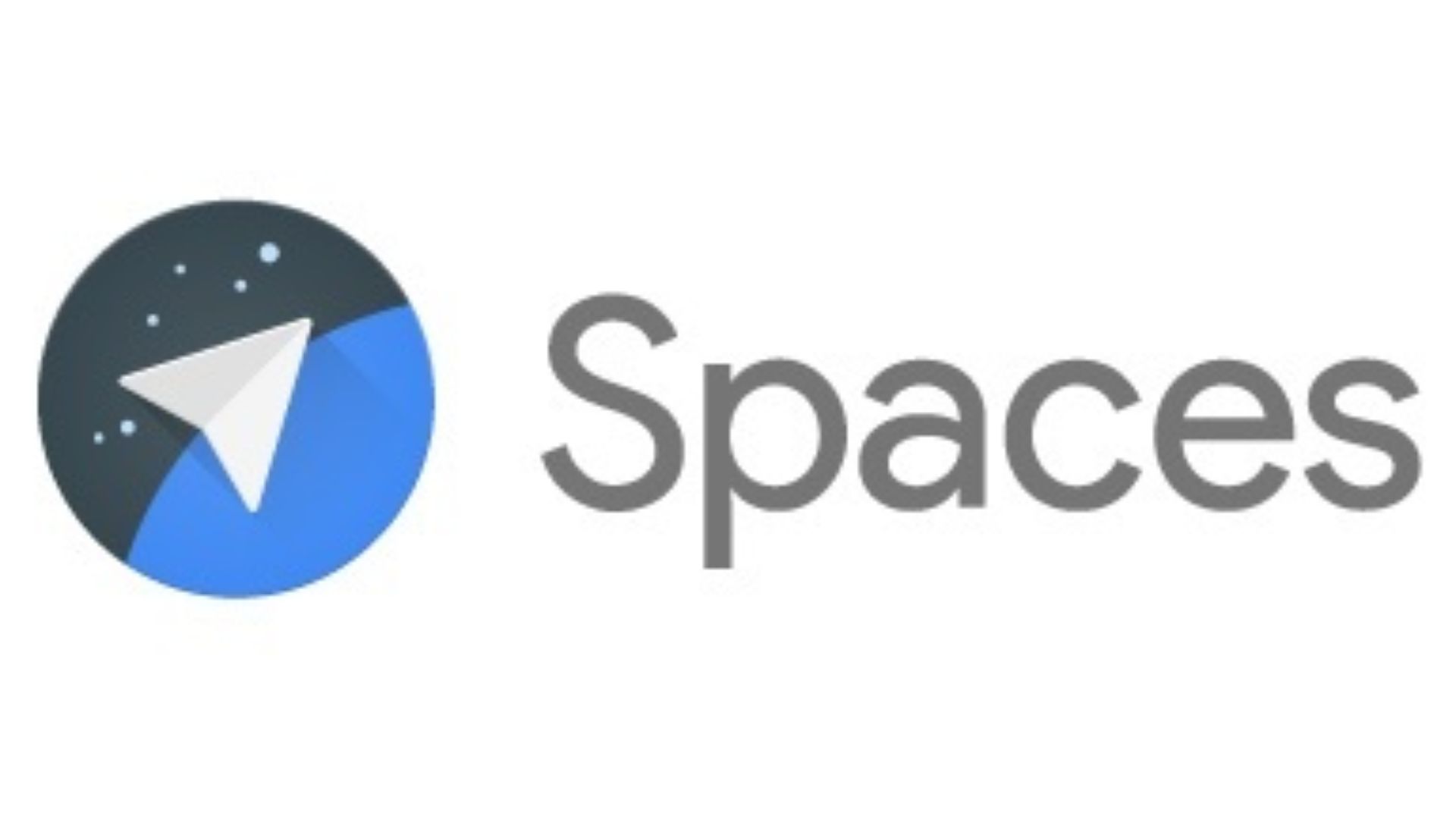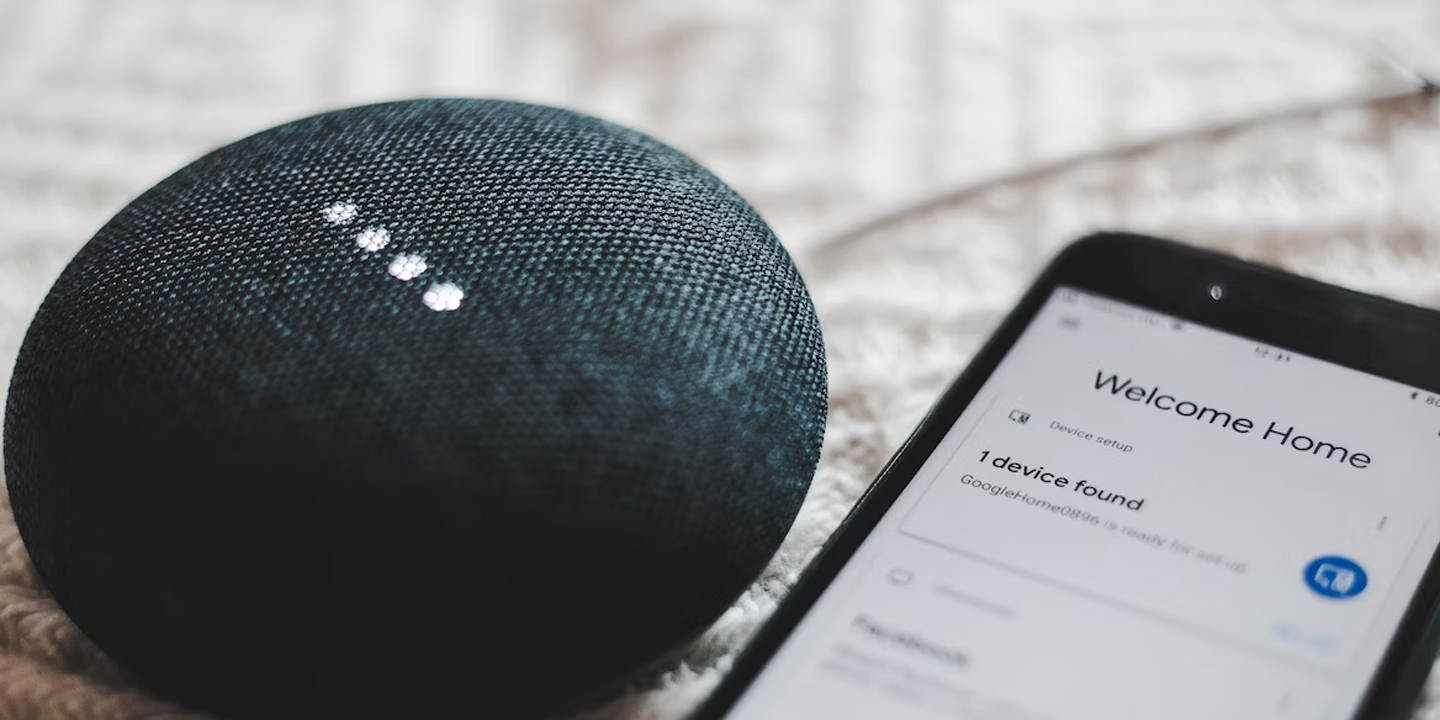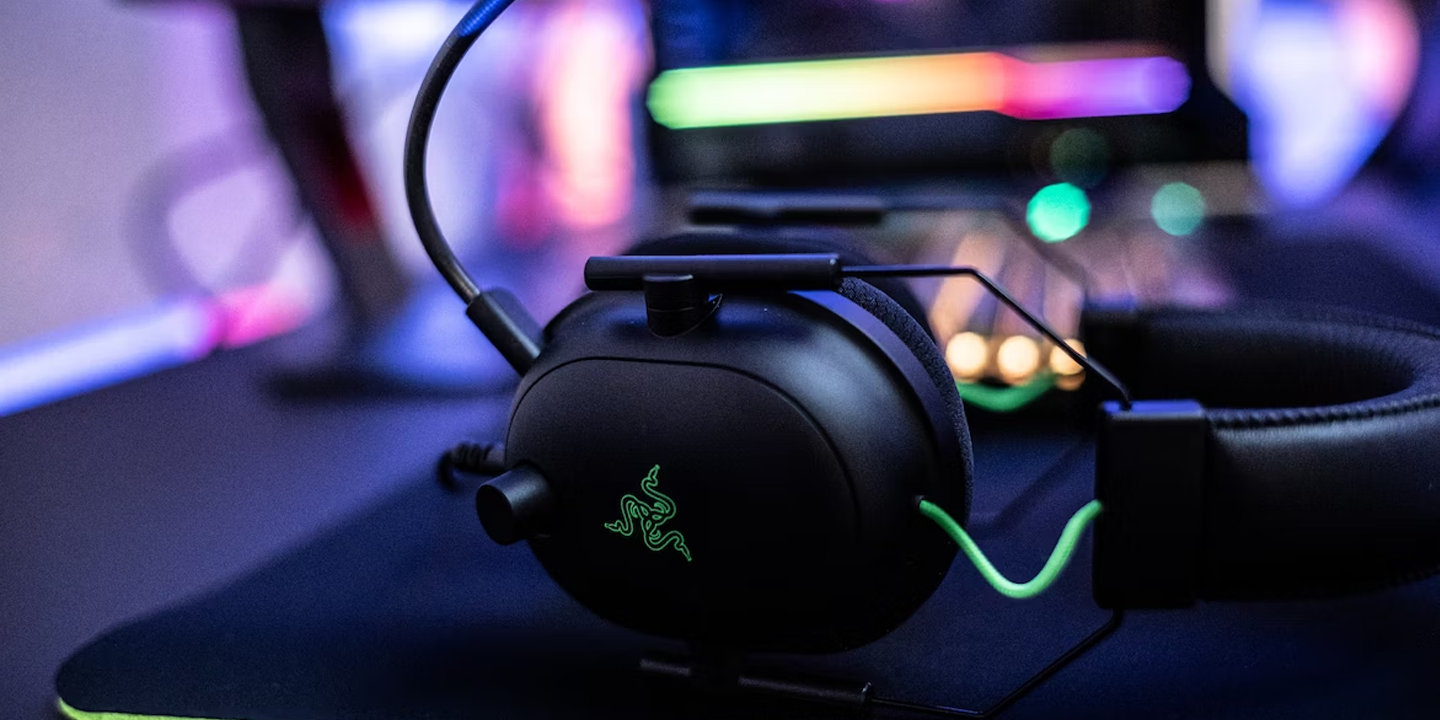Feeds That Never Caught On
Ghost networks, digital graveyards, and apps you barely remember tapping—this round-up explores 20 social media platforms that once promised connection or creativity. Many of them flared up fast and fizzled out just as quickly. Others quietly slipped away. You’ll be surprised to see how close a few platforms came to becoming household names.
1. Vine (2013–2017)
Vine burst onto the scene with looping six-second videos that somehow became iconic. It felt like magic in a short loop—until it wasn't. Twitter (now X) scooped it up early, but updates stalled and rivals like Instagram and Snapchat outpaced it. Still, its DNA lives on in TikTok.
 Review: Vine App for iOS by TheTechnoTuber
Review: Vine App for iOS by TheTechnoTuber
2. Google+ (2011–2019)
Google+ looked like a heavyweight social media site on paper. Instead, it became the awkward kid in the group chat. Forced sign-ins via Gmail? No thanks. Users never really clicked, and a data breach in 2018 sealed its fate. Even Google couldn't fake social chemistry.
 Google+ app update: All About Android 162 by TWiT Tech Podcast Network
Google+ app update: All About Android 162 by TWiT Tech Podcast Network
3. Friendster (2002–2015)
Before Facebook (now Meta) took over your life, there was Friendster—pioneering digital friendships before we had terms like "timeline." It struggled with clunky tech and painfully slow pages. A pivot to gaming in Asia didn't help, and by 2015, it vanished. Think of it as the social media beta test.
 My Friendster Layout Video by ameche
My Friendster Layout Video by ameche
4. Yik Yak (2013–2017)
On Yik Yak, your campus became your timeline. Anonymous posts ranged from hilarious to horrifying, and unchecked toxicity, cyberbullying, and safety issues turned the app from addictive to alarming. Its 2021 comeback also fizzled.
 Yik Yak Promotes Cyberbullying On Campus by WNPC-TV
Yik Yak Promotes Cyberbullying On Campus by WNPC-TV
5. Myspace (2003–Present, But Barely Alive)
Once an online HQ for music lovers and emo teens, MySpace let people customize profiles like a digital bedroom. Then Facebook showed up wearing a clean design and better code. A few makeovers later, MySpace still lingers—but mostly as a ghost of its glorious past.
 Myspace Account Tutorial by Stephanie Benedetto
Myspace Account Tutorial by Stephanie Benedetto
6. Meerkat (2015–2016)
Live streaming on your phone? Meerkat was ahead of the curve. It exploded at SXSW, but then Twitter bought Periscope, and Meerkat got left in the digital dust. The platform couldn't hold its ground without significant backing. So, in tech, being first isn't always enough.
 CNET Update - Twitter declaws Meerkat, but the app won't give up by CNET
CNET Update - Twitter declaws Meerkat, but the app won't give up by CNET
7. Ello (2014–2023)
Ello promised a no-ads, artist-friendly escape from Facebook. Its sleek, minimalist design drew early buzz, but it never gained real traction. By 2023, activity fizzled out entirely. What started as a digital utopia for creatives quietly faded and turned into more concept art than community.
 Ello: Introduction, Walkthrough, And Review by The App Store Chronicle
Ello: Introduction, Walkthrough, And Review by The App Store Chronicle
8. Orkut (2004–2014)
Orkut had a massive following in Brazil and India, with features like rating friends on trust and coolness. It was odd but addictive. However, Facebook eventually muscled in, and by 2014, Orkut was out. If you ever had a "scrapbook," you're probably still a little nostalgic.
 Introducing the new version of orkut by Google India
Introducing the new version of orkut by Google India
9. Ping (2010–2012)
Apple's Ping tried to blend music discovery with social vibes inside iTunes, and even Steve Jobs called it "Facebook meets music." While cool in theory, it was clunky in execution. It lacked integration and community, so users tuned out. Back to mixtapes and playlist swaps, then.
 Apple Launch iTunes 10 with Ping Social Networking by Geekanoids
Apple Launch iTunes 10 with Ping Social Networking by Geekanoids
10. Path (2010–2018)
Path limited you to just 150 friends, aiming for intimacy over popularity. It was visually gorgeous but had some trust issues, especially around privacy. Facebook's shadow loomed large, and despite a loyal fan base, Path faded away. Turns out, small circles don't always grow big communities.
 Social app Path debuts on iPhone by CNN Business
Social app Path debuts on iPhone by CNN Business
11. Bebo (2005–2013)
Charm only gets you so far. Bebo had flair, quirky profiles, "Luv" ratings, and tons of glamor. But AOL bought it for $850 million and promptly botched the magic. Users drifted to Facebook, and Bebo became a cautionary tale. A few comebacks were attempted, but none stuck.
 BEBO Profile Preview 2021 But this is THE END! by ste cluz
BEBO Profile Preview 2021 But this is THE END! by ste cluz
12. Club Penguin (2005–2017)
Club Penguin was a snowy playground for kids that mixed games and chats in the most adorable way. Disney bought it in 2007, but newer mobile games have melted its appeal. In 2017, the servers shut down, and the internet wept penguin-shaped tears. Waddle on, little avatars.
 Club Penguin: Penguin Chat 3 Website by ClubPenguinsWorld
Club Penguin: Penguin Chat 3 Website by ClubPenguinsWorld
13. DailyBooth (2009–2012)
The catch with this one? DailyBooth asked you to post a selfie a day. Early YouTubers eventually jumped in, but the trend didn't last, and after Instagram became the photo giant, DailyBooth was left in its shadow. It was a fun concept, sure, but one that couldn't stretch beyond its niche crowd.
 Dailybooth iPhone App Review by iOSGalaxy by iOSGalaxy
Dailybooth iPhone App Review by iOSGalaxy by iOSGalaxy
14. Formspring (2009–2013)
Formspring was an anonymous Q&A site where people could ask you anything. And they did—sometimes too much. Teens loved the mystery, but bullying and moderation issues sent it spiraling. A rebrand to Spring.me didn't help either. Turns out, anonymity isn't always a good look.
 Help me get to grips with Formspring! by Amanda Webb
Help me get to grips with Formspring! by Amanda Webb
15. Yo (2014–2016)
Yo did exactly one thing: send the word "Yo" to friends. That’s it. It went viral, raised millions, and even sparked a brief app gold rush. However, a joke doesn’t stay funny forever, and the novelty wore thin. Without depth or updates, users dropped off.
 Yo! The dumbest app ever to raise $1M by Slidebean
Yo! The dumbest app ever to raise $1M by Slidebean
16. Peach (2016)
Peach was adorable and full of charm. Commands like "draw" and "shout" made it playful, but no notifications or long-term hooks meant users ghosted fast. The experiment was cool, but it quickly got buried under the next big app.
 Peach app captures social media attention by CBS News
Peach app captures social media attention by CBS News
17. SixDegrees.com (1997–2000)
Often hailed as the first true social network, SixDegrees allowed users to create profiles, list friends, and connect through mutual contacts. It peaked with around 3.5 million users but couldn't sustain momentum. The internet just wasn't ready to be that social yet.
 The First Social Media Website - SixDegrees.com by Old Wide Web
The First Social Media Website - SixDegrees.com by Old Wide Web
18. Hi5 (2003–Present, Now A Dating App)
Hi5 allowed you to glam up your profile with games and glitter graphics. It used to be a global top-10 network, but it couldn't keep up when other apps took over. Now, it's morphed into a dating site. It’s a wild pivot, but hey, people gotta mingle somehow.
19. Xanga (1999–2013)
Xanga was the blog before blogs were cool. Think diary entries, comments, and teen angst galore. It ruled until Tumblr and Facebook came knocking. A 2013 shutdown marked the end, and a revival attempt went nowhere. So long, moody musings and HTML layouts.
 How To Post To Xanga by GoRoohit
How To Post To Xanga by GoRoohit
20. Spaces By Google (2016–2017)
Spaces was Google's idea of shared group chats around topics. But it was clunky, confusing, and overlapped too much with Gmail and Docs. Users didn't see the point, Google moved on, and it became just another forgotten experiment on Google's overstuffed idea shelf.
